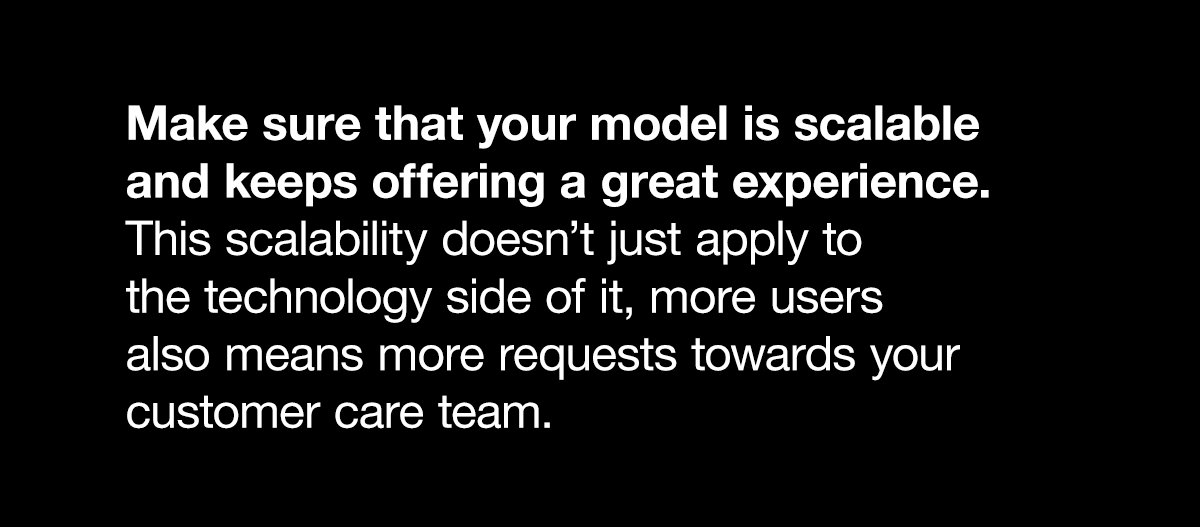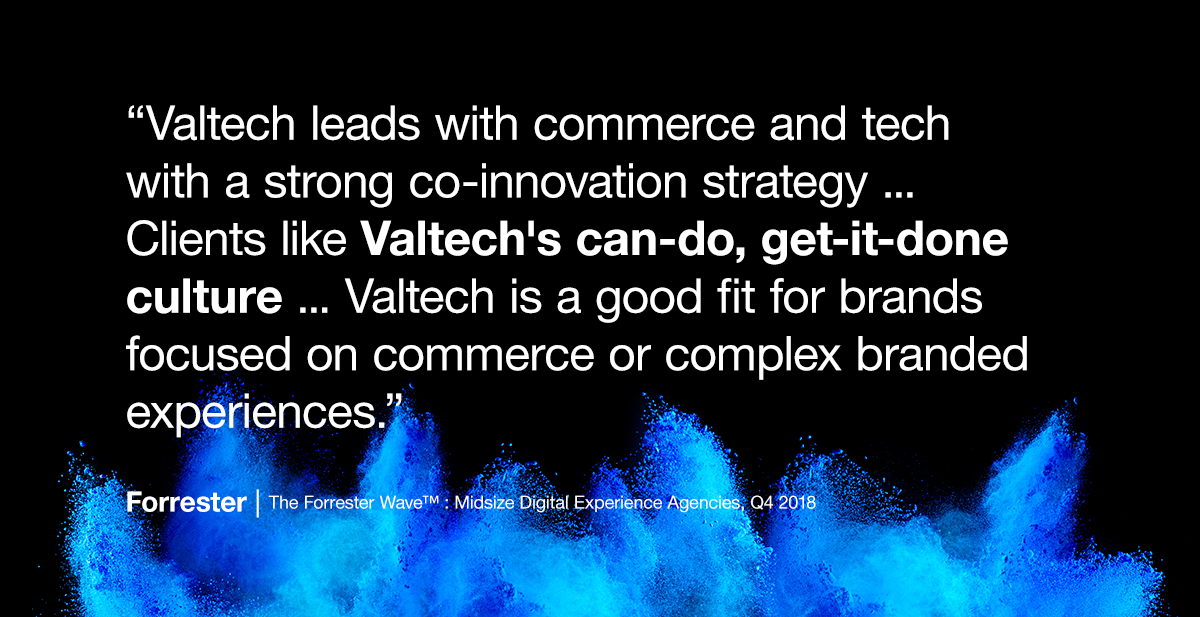03 junio, 2020
It’s easy to understand the concerns of our clients when they talk to us about losing market share to the disruptors. They worry about being able to shift their business models to mirror those of the digital natives that seem to be cornering the market so rapidly. They worry about the loss of their customer base, and they worry about the levels of investment that are going to be required for them to remain competitive.
My response is simple. Yes, by their very nature, these companies are going to shake up the market and force others to innovate, but all is definitely not lost. There are still things that the well-established larger names can do to prove their worth and grow their customer base.
How Did We Get Here?
We are all aware of the Amazon effect. Everything’s in one place—it’s quick, easy, and incredibly convenient. But retailers are quickly realising that when they sell through Amazon, they are missing out on something huge. They might get the sales, but crucially they miss out on the opportunities to capture customer data and to build lasting relationships with their consumers.
It’s not just the smaller retailers who are getting their heads around that—many global brands have stopped selling through Amazon too. They want to build their own relationships that mean something and to own their customer info; they want to know who is buying what, where and how, and they don’t want another company to be able to capitalise on their market information. Simply, they don’t want to make their competitors smarter than they are.
Then let’s look at the Digitally Native Vertical Brands (DNVBs). The concept is smart and simple—choose one product and sell it hard via digital means. In the U.S., there’s Dollar Shave Club—a razor business that rejected the sky-high costs of traditional razor blade retail. By taking the manufacturing in-house and avoiding the costs of brick and mortar and shelf-space, they quickly captured the market via a clever subscription model. A completely D2C business, they were quickly snapped up by Unilever for a reported $1 Billion in 2016 .

Other examples include Ace & Tate and Charlie Temple; two brands that focus on high-volume prescription glasses (but only the simpler variants). They are delivering a much faster service than regular opticians and tapping into the fashion trends: Consumers are buying multiple pairs to complement different outfits.
With all of these companies, there’s only so far you can grow via purely digital means. There comes a time when they either need to expand their product offering, or break the D2C rules and get involved with old-school retail again.
These digitally native brands typically take the high-volume commodity products but don’t necessarily serve the long tail of products that the more established brands typically have. They can pick and choose what and where to serve based on the data about high volumes or peak times and can leave everything else by the wayside. Take the Dutch online supermarket Picnic. They deliver in highly populated areas in little electric vans. But if you live a little bit out of town, you’ve got no chance of a delivery.
These are innovative and rapidly iterating models that are absolutely serving a customer need, but the key is that in their virgin states, they have the freedom to pivot purely around the customer need. The nature of their businesses means that they are free to innovate without the grips of red tape of decade old governance models. They act quickly and they meet the immediate need of a captive audience.
So How Can We Compete?
This is where is comes down to the customers. All of the customers. As a large, established business with multiple products, the best thing you can do is focus on owning the transaction, owning the relationship and owning those insights.
Yes, these disruptors are offering a great service in the markets that they operate within, but there is absolutely no reason why you can’t achieve the same and capitalise on the strength of the heritage and brand you’ve been building over the last decade or more.
Innovate from within
If it makes more sense for you to set up a separate arm of your business that focuses entirely on a test and learn experimental approach to new product launches or marketing campaigns, without risking the rest of the brand, then do it. You need to build in a culture that supports speed and responsiveness instead of long drawn out marketing campaigns or product launches. Agility is absolutely essential.
Think about services, not only products
Start thinking about services that compliment your products. It’s the same reason why I have an Apple Watch, iPhone, MacBook etc. Apple creates great products, but they also offer a combined service and connections that make my life easier and better. I’m not just buying them for the products, I’m buying the full service, and that makes me a committed and loyal customer, going elsewhere would be too complicated now. I’m invested in the brand.

Deliver stunning customer services that can scale
Netflix is an amazing company (and we all know what happened to Blockbuster because they weren’t quick enough to innovate), but they weren’t quite prepared for the influx of customers that a “working from home” population would bring them. The same with Microsoft Teams—both are excellent products that have seen issues associated with an influx of customers.

Think about the power of a chat bot here—something we’ve seen a massive increase in requests for. Installing a chat bot is something that you can do here and now with relative ease. It will filter out the lion’s share of customer requests and queries and will make sure you’re still offering a consistent service. Remember that chat bots aren’t what they once were, they’ve come a really long way in the last 12 months and are well worth a consideration. Customer service needs to be great all of the time, not just when something goes wrong.
Change your mindset
No one likes the tax man but when the Dutch tax authority introduced a new slogan, “We can't make paying taxes pleasant, but at least we can make it simple,” they created a mindset shift. By humanising themselves, they found that everything improved, and customers responded much more positively. They are making iterative improvements to the tax processes, and they have become a fully connected service, they are even connected to customers’ banks. This makes the experience so much easier for their customers, shifts the way they think about the tax authority and how customers respond to them as a brand, and makes a stressful process a lot more manageable. Offer your customers something different and see how they respond.
The Bottom Line
Yes, these disruptors have had massive success. That comes down to an intricate understanding of their audience and clever use of the data to deliver incredible and relevant experiences. They have the ability to pivot quickly and to meet the immediate needs of their customers, and they offer connected services and subscription models that make life easier and more intuitive. But they aren’t the be all and end all. They have their own issues to deal with when it comes to scalability and product lines.
For the original major players, there are steps you can take today to make sure you’re well positioned to maintain your place as a market leader, no matter the competition.
The Valtech Commerce team works alongside some of the world’s best-known brands to deliver best-in-class commerce solutions to transform businesses for the long term. With 3500+ specialists in 45 offices across 16 countries, whatever you need to achieve, our teams are here to help you succeed.









